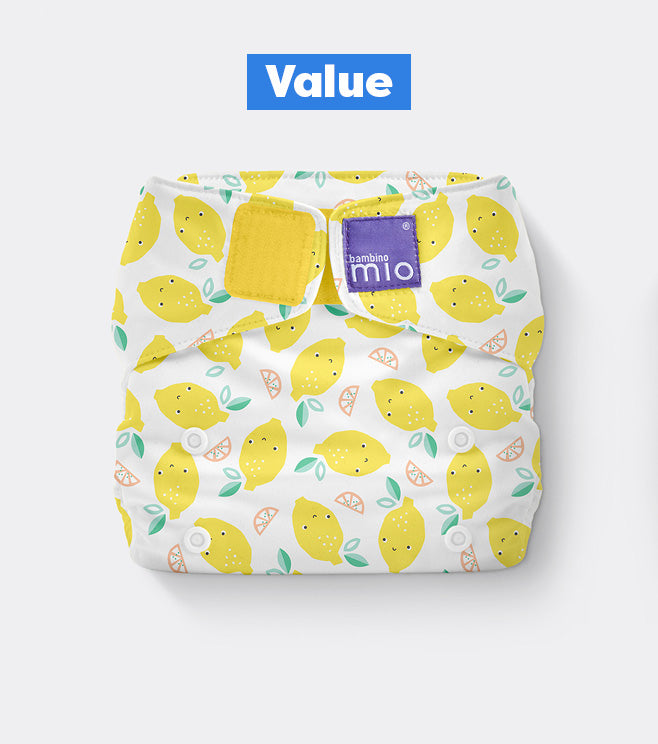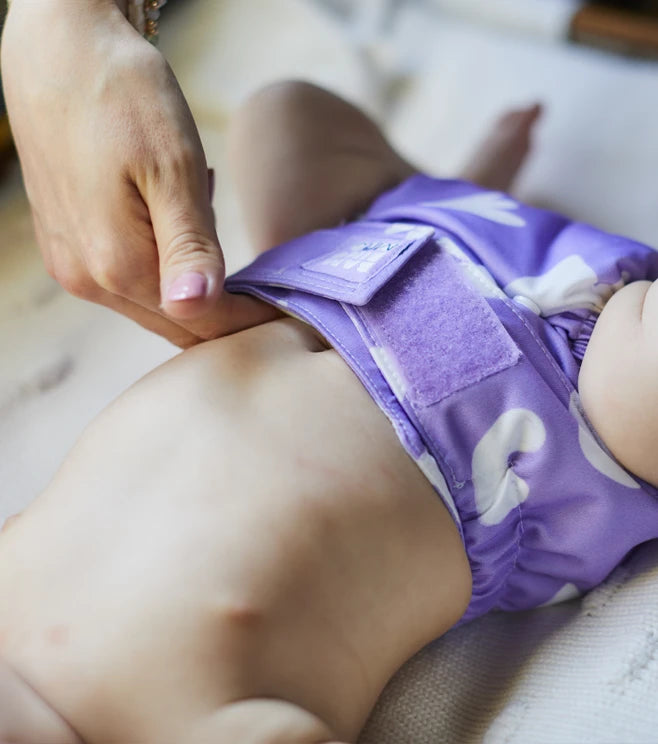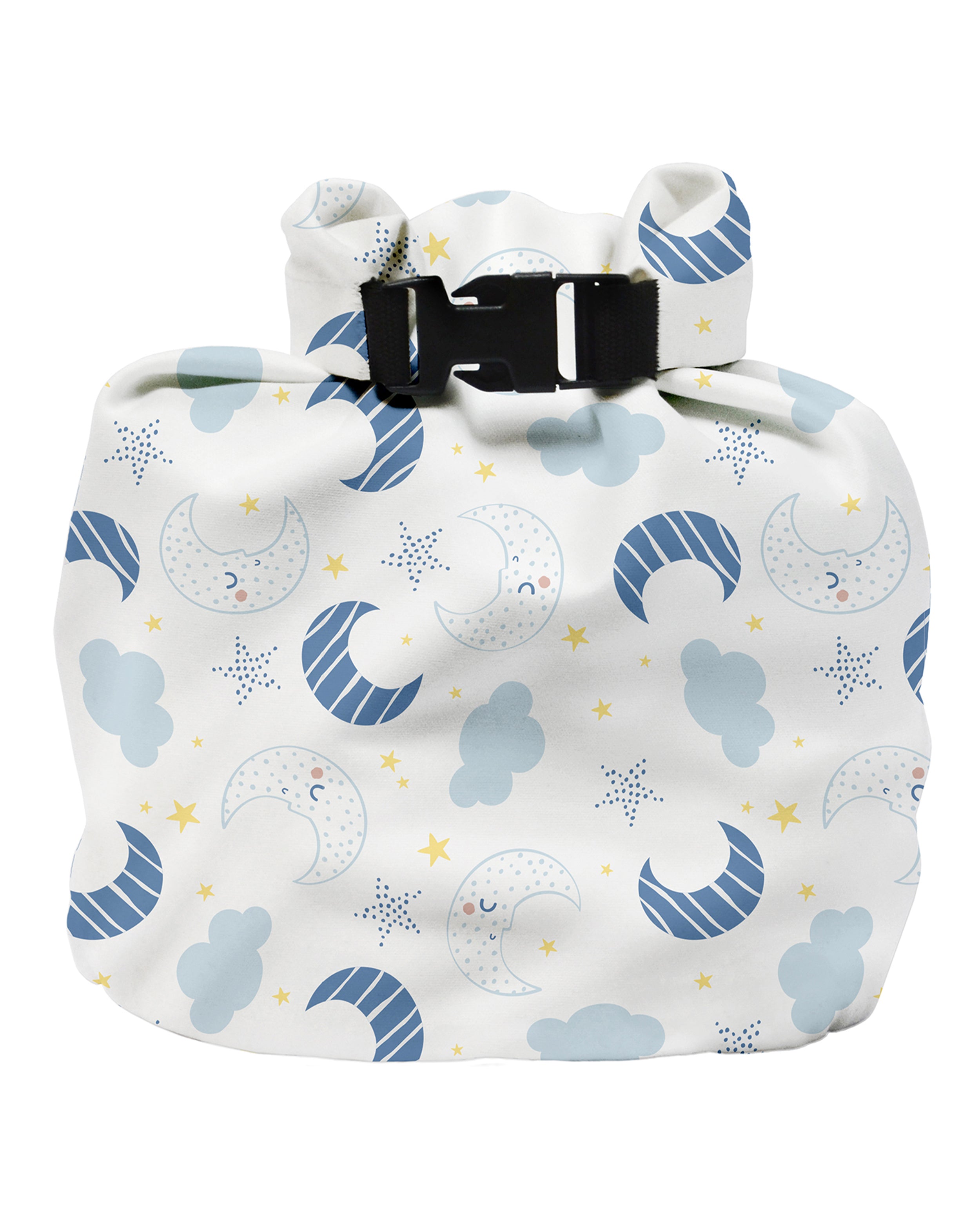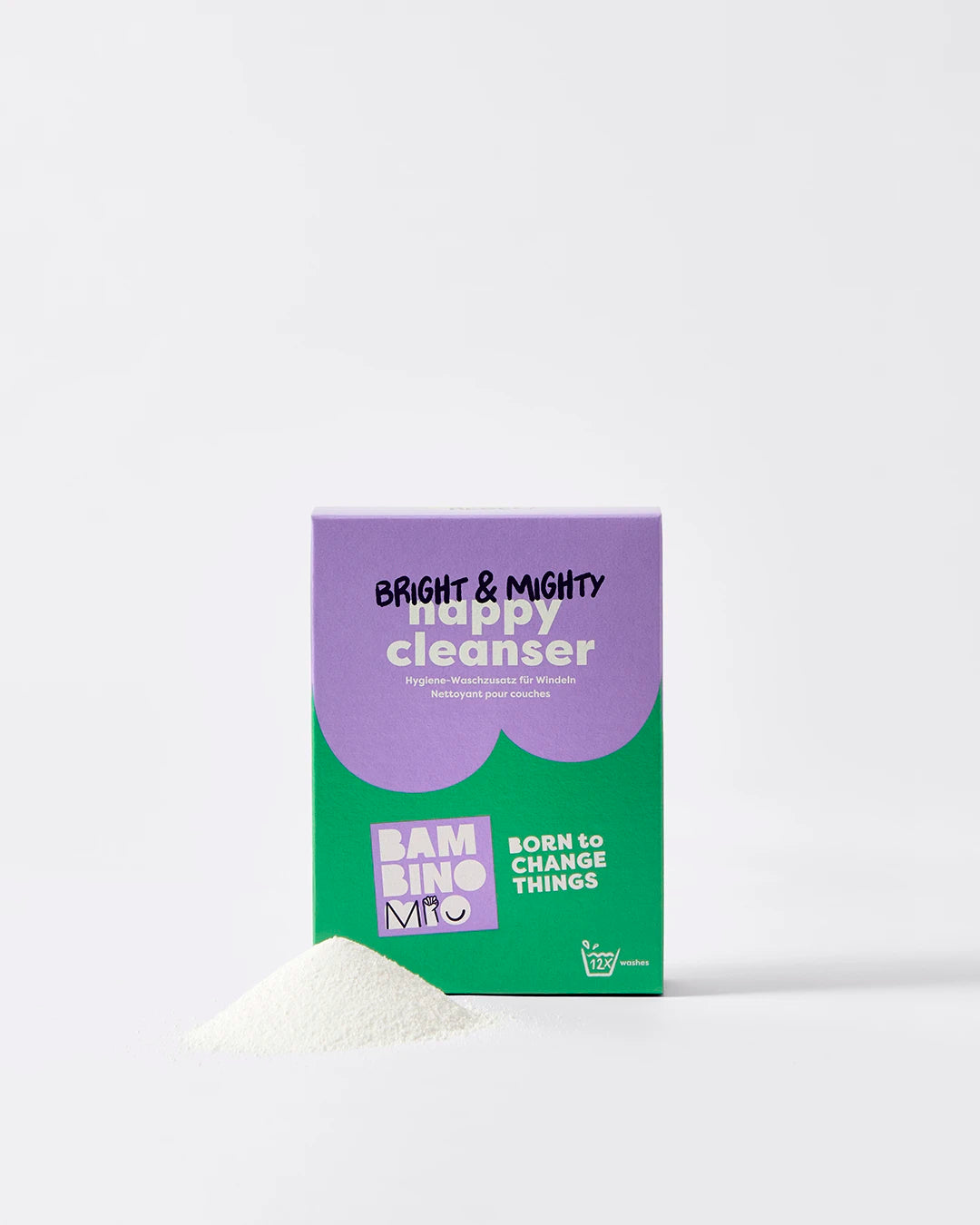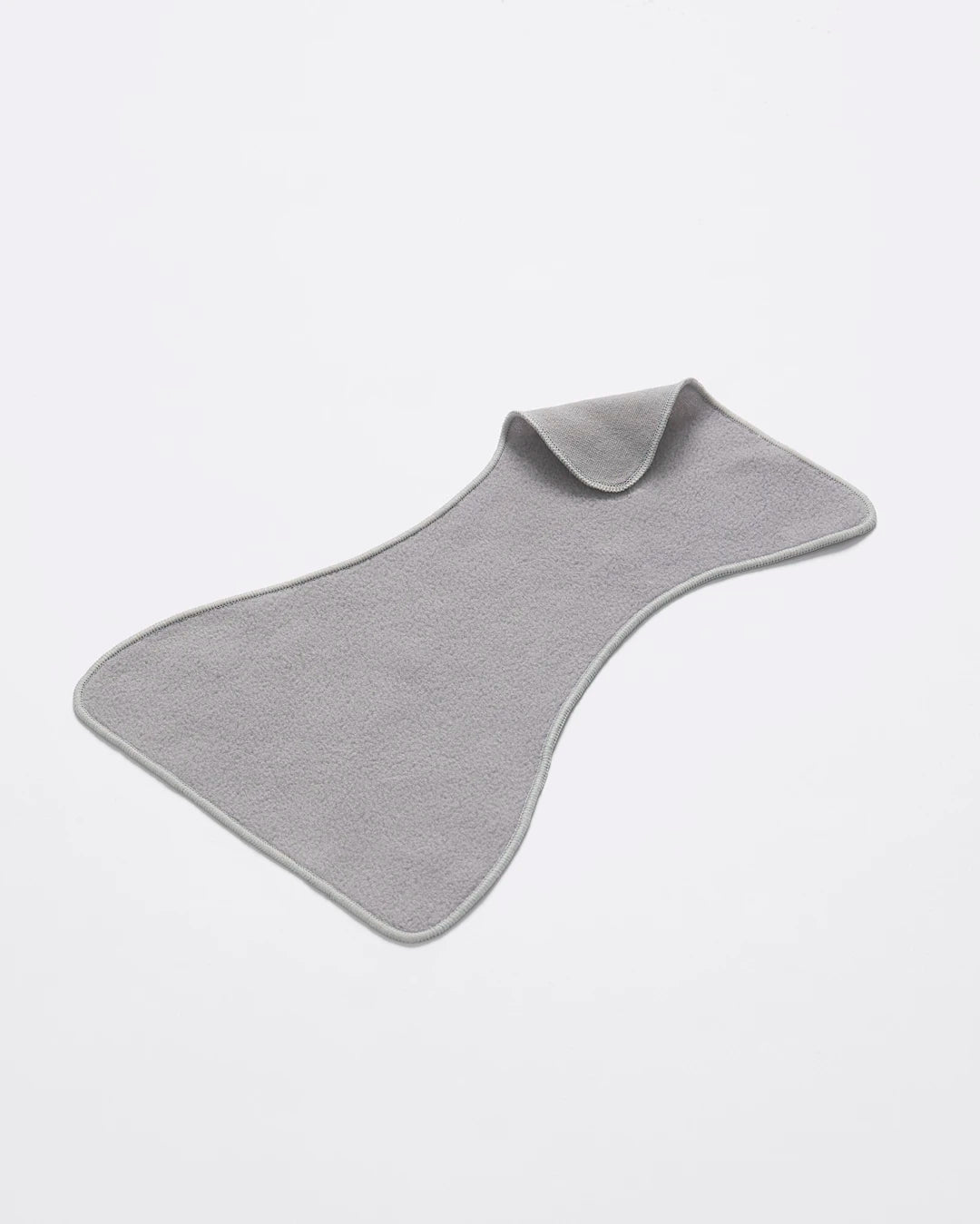Luteinising Hormone | Glossary of Pregnancy & Baby Term
Share Options
- Bambino Mio
- 31 / 07 / 2023
Inside this Article:
What is luteinising hormone?
Luteinising hormone (1), or LH, is responsible for stimulating and controlling processes in your body related to reproduction and sexual development. It tells your ovaries to make the necessary changes for your reproductive system to work properly.
What does luteinising hormone do?
LH “works” alongside another hormone called follicle-stimulating hormone (FSH) to regulate your menstrual cycle (2) and your reproductive system.
LH tells your ovaries to start producing progesterone
In women, LH is only released during the second half of the menstrual cycle. There’s an initial spike in LH which stimulates ovulation (3) and then production levels off, which in turn stimulates your ovaries to produce progesterone.
Where does LH come from?
The pituitary gland (4) in your brain produces luteinising hormone after your hypothalamus tells it to by secreting gonadotropin-releasing hormone (GnRH) (5). Once it’s secreted into your bloodstream, however, the hormone works on and in your ovaries.
More about LH and your reproductive cycle
Luteinising hormone stimulates changes in your ovaries which control your menstrual cycle and help to support a pregnancy.
Ovulation
The surge in LH at the midpoint of your menstrual cycle stimulates ovulation, which is the time during your cycle when you’re most likely to conceive.
Progesterone production
LH tells a special structure in your ovary - the corpus luteum (6) - to make more progesterone during the second half of your menstrual cycle. Progesterone causes your womb lining to thicken so it’s a supportive environment for an embryo to implant into (7).
As you get older and reach menopause (8), your LH levels rise as your levels of oestrogen and progesterone decline.
Do children have luteinising hormone?
Yes, during puberty LH works on the ovaries (in girls) and on the testes (in boys) to make testosterone (9). Ovaries convert testosterone into oestrogen and these hormones cause the chemical and physical changes we associate with sexual development.
Citations and References
- National Institutes of Health (NIH). National Library of Medicine. ‘Physiology, Luteinizing Hormone.’ 2022. Web. www.ncbi.nlm.nih.gov/books/NBK539692
- Cleveland Clinic. ‘Menstrual Cycle.’ 2022. Web. my.clevelandclinic.org/health/articles/10132-menstrual-cycle
- National Institutes of Health (NIH). National Library of Medicine. ‘Physiology, Luteinizing Hormone.’ 2022. Web. www.ncbi.nlm.nih.gov/books/NBK539692
- National Institutes of Health (NIH). National Library of Medicine. ‘Physiology, Pituitary Gland.’ 2023. Web. www.ncbi.nlm.nih.gov/books/NBK459247
- National Institutes of Health (NIH). National Library of Medicine. ‘Physiology of GnRH and Gonadotropin Secretion.’ 2022. Web. www.ncbi.nlm.nih.gov/books/NBK279070
- National Institutes of Health (NIH). National Library of Medicine. ‘Anatomy, Abdomen and Pelvis, Ovary Corpus Luteum.’ 2023. Web. www.ncbi.nlm.nih.gov/books/NBK539704
- National Institutes of Health (NIH). National Library of Medicine. ‘A Review of Mechanisms of Implantation.’ 2017. Web. www.ncbi.nlm.nih.gov/pmc/articles/PMC5769129
- National Health Service (NHS). ‘Health A to Z. Menopause.’ 2022. Web. www.nhs.uk/conditions/menopause
- Cleveland Clinic. ‘Testosterone.’ 2022. Web. my.clevelandclinic.org/health/articles/24101-testosterone




